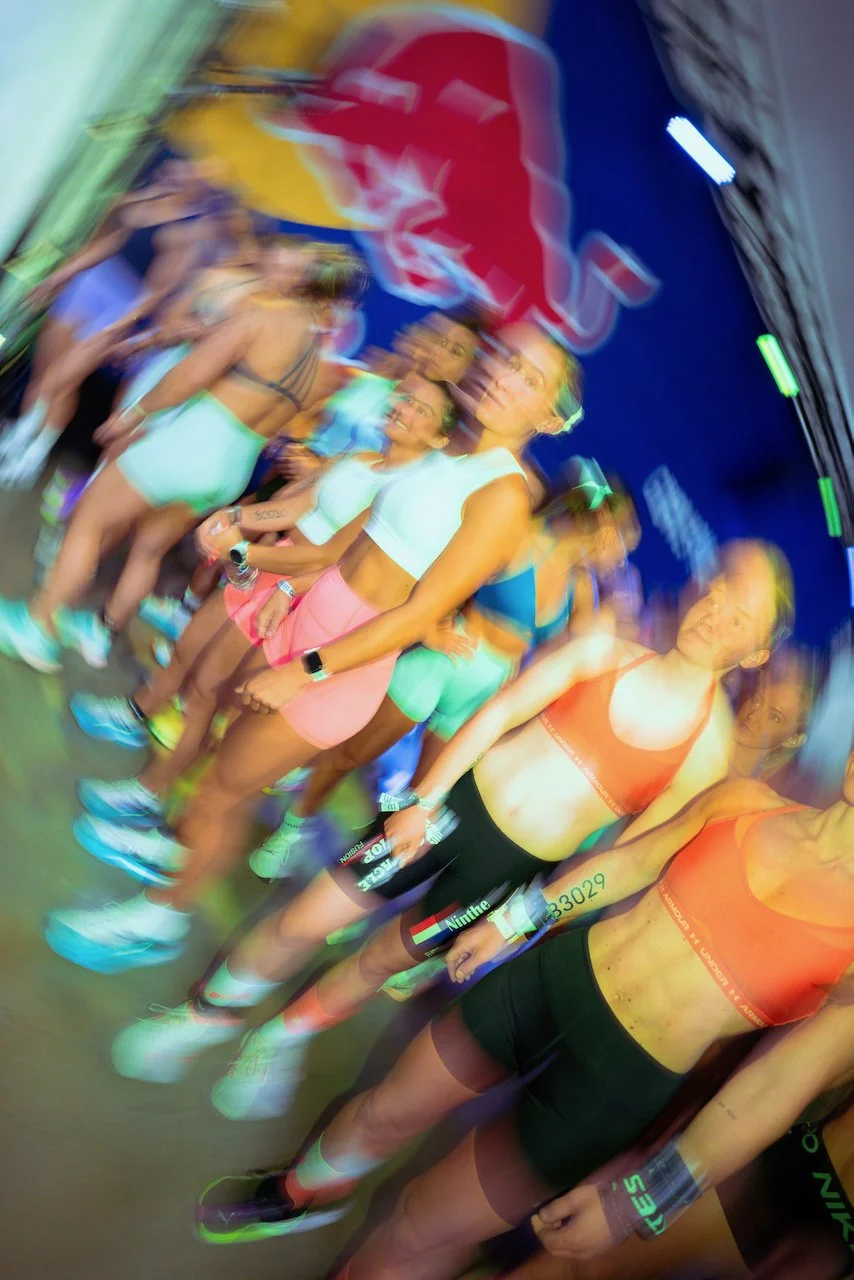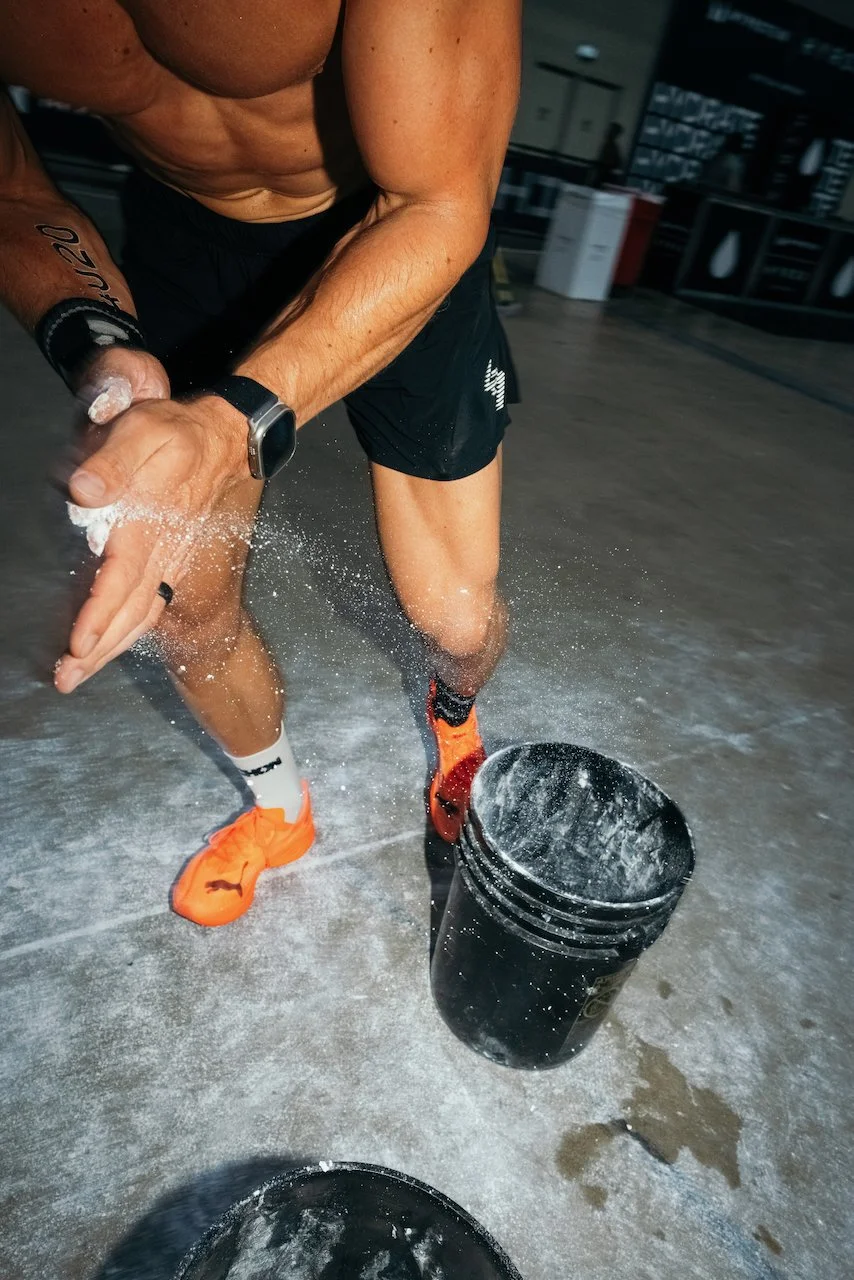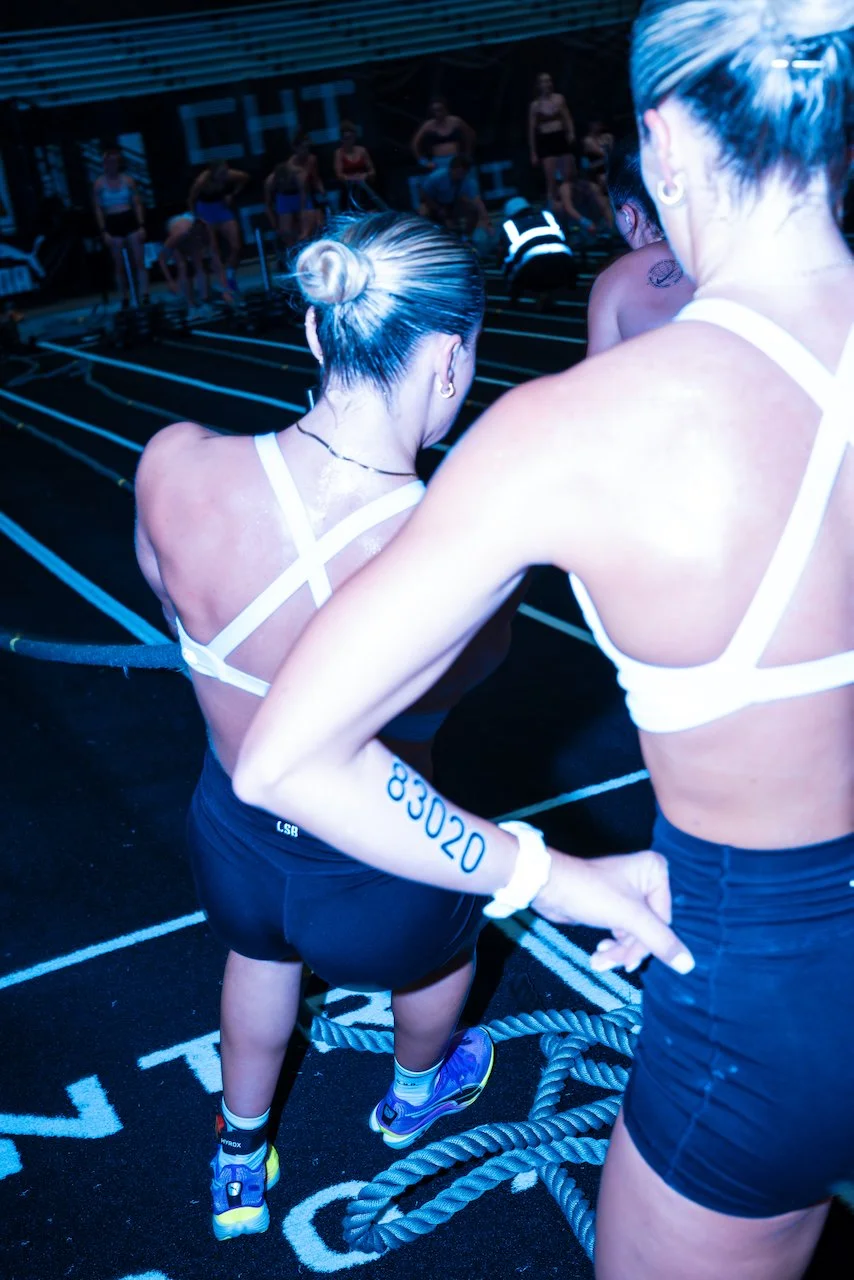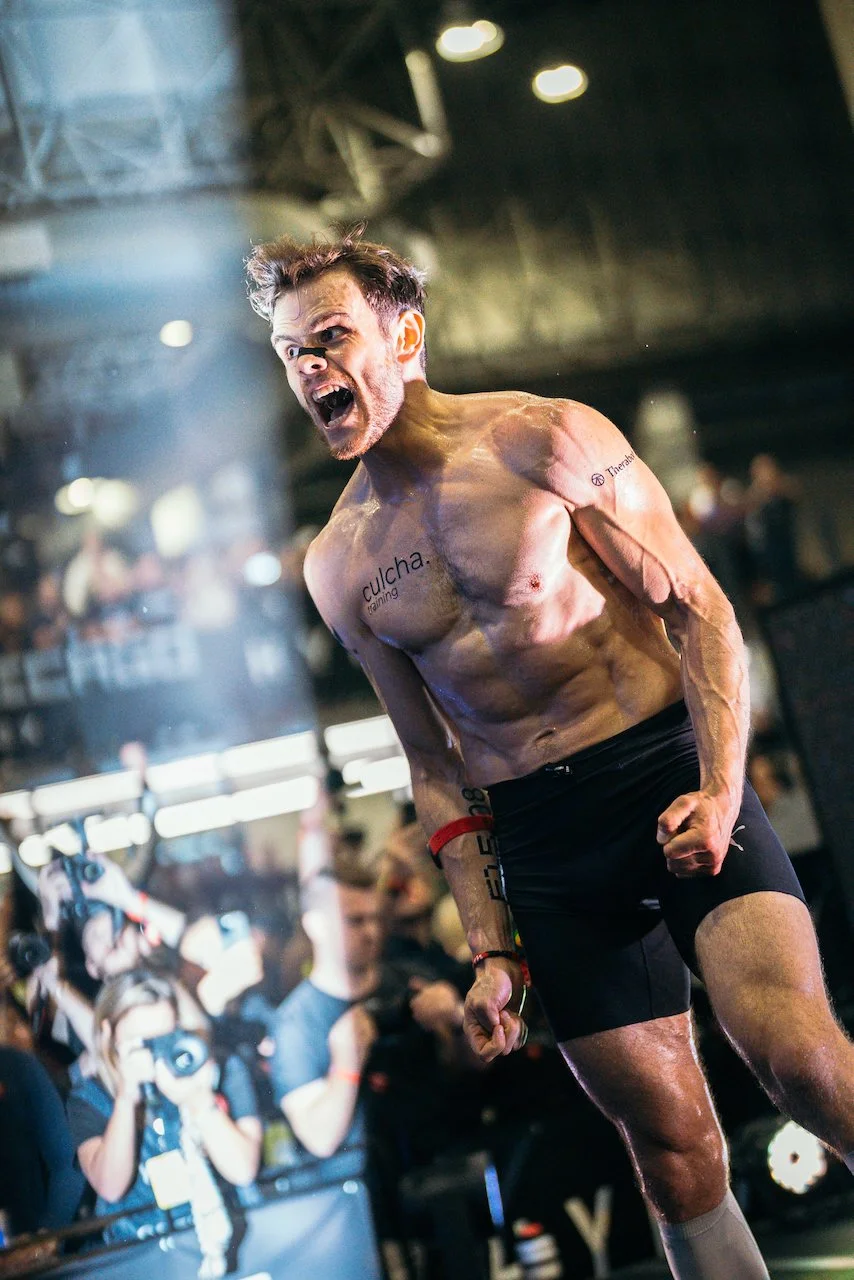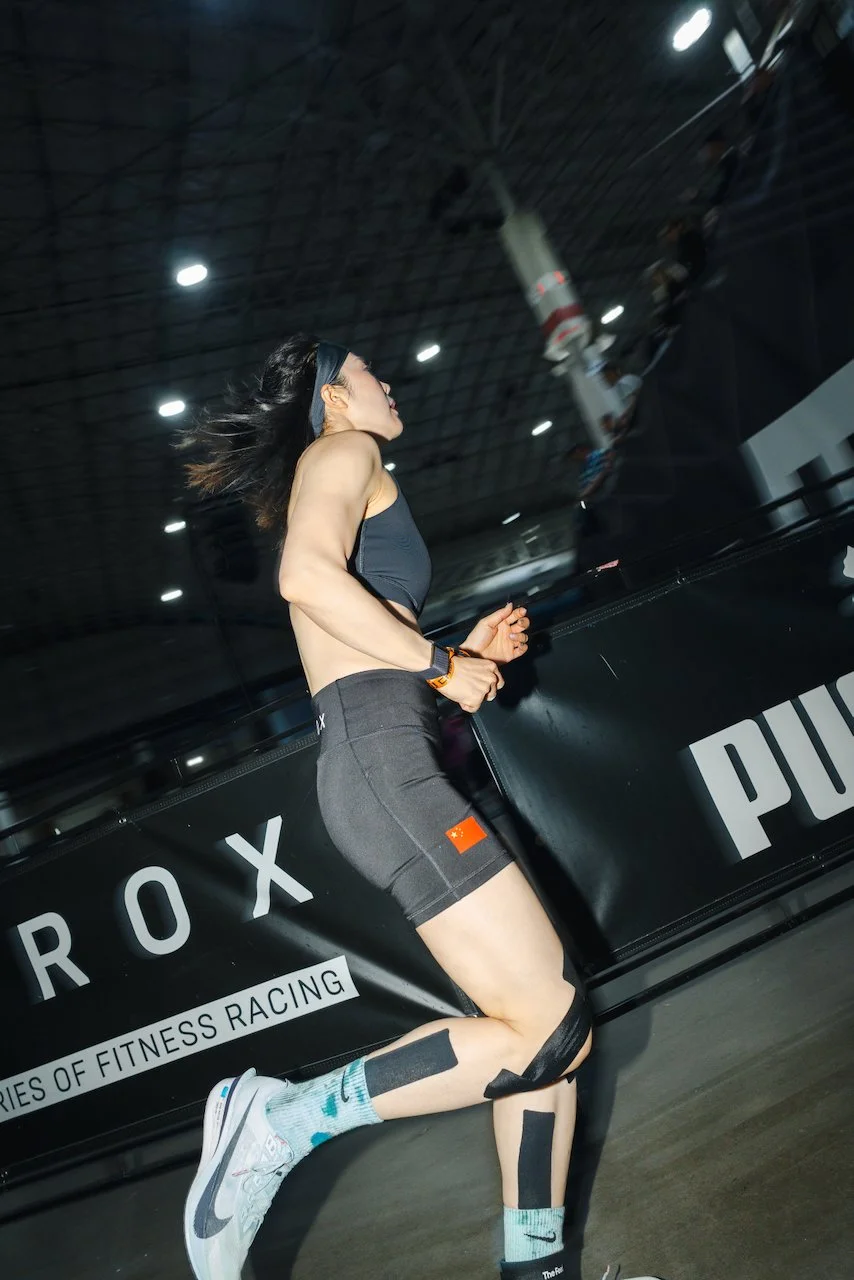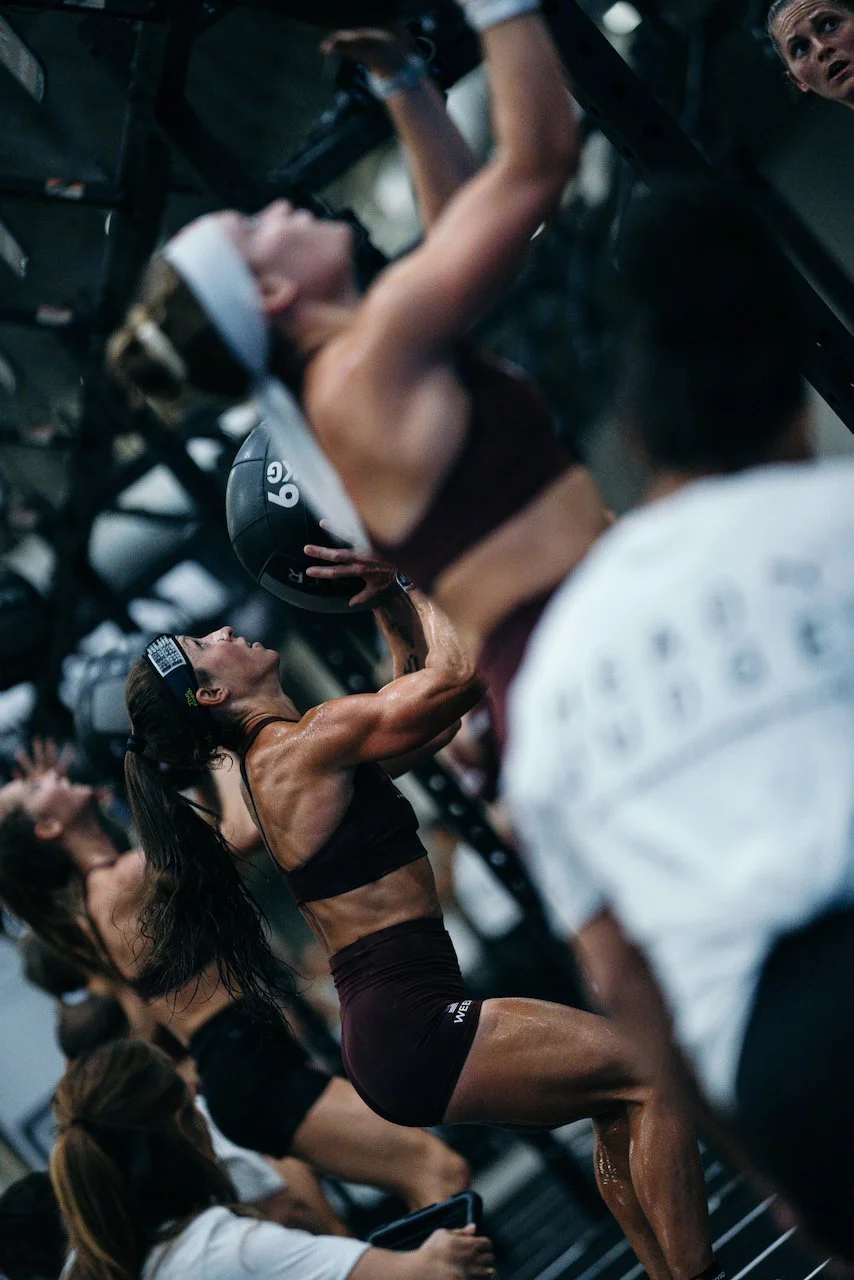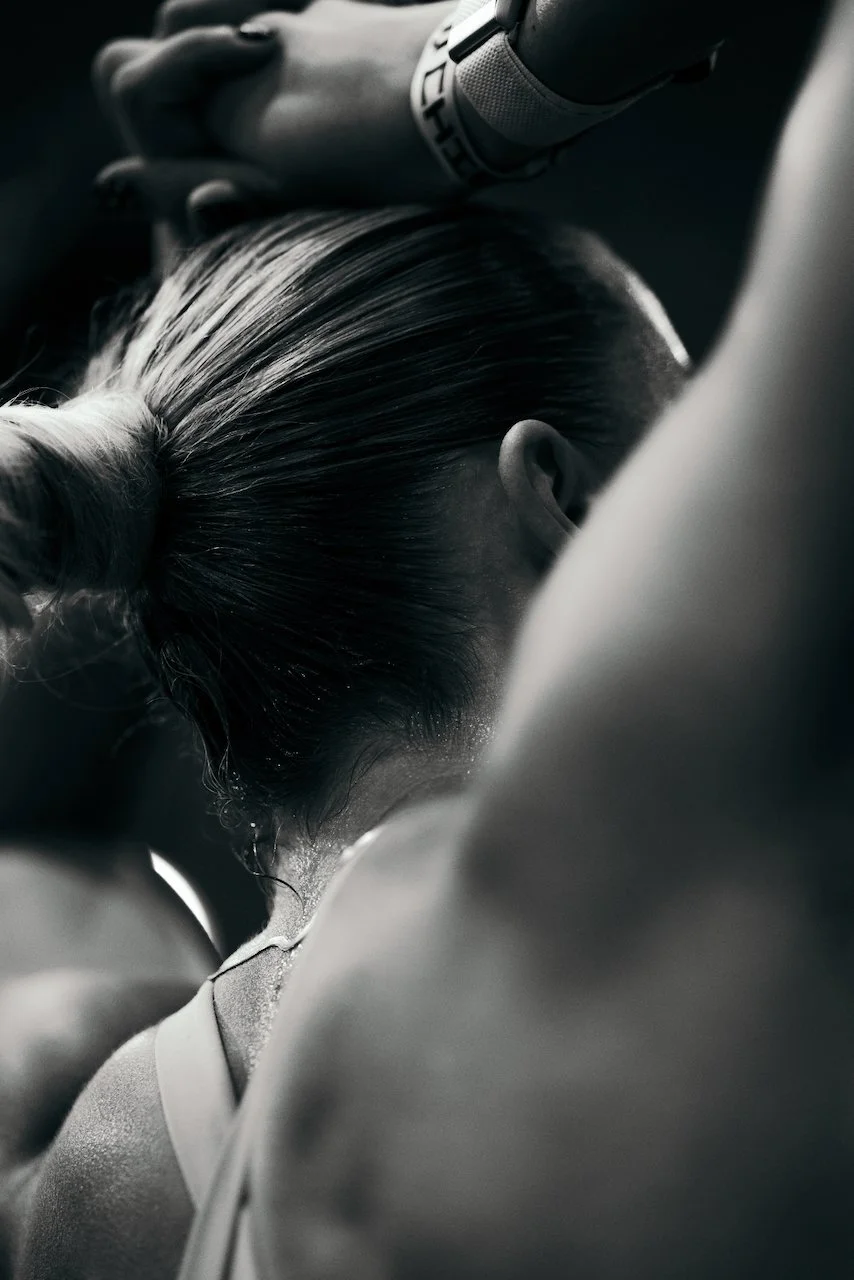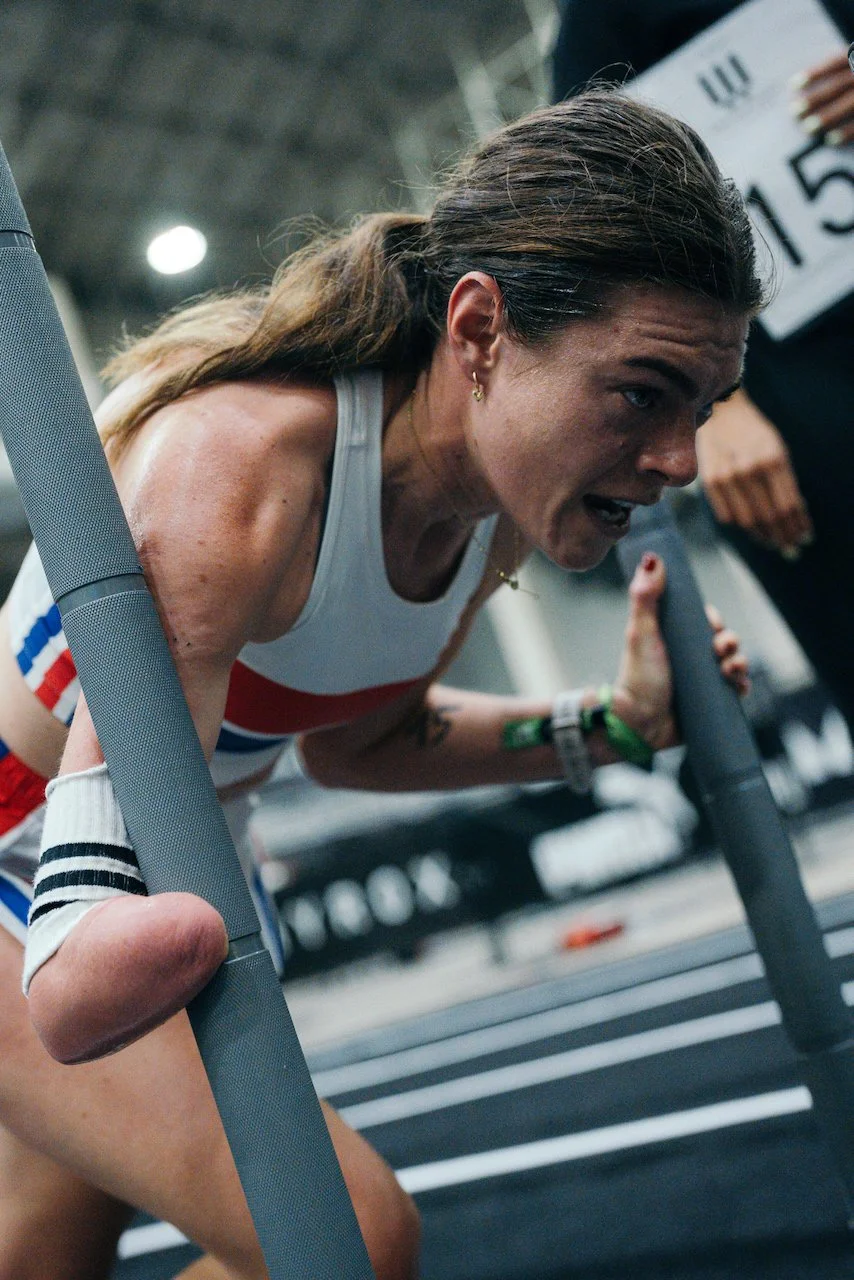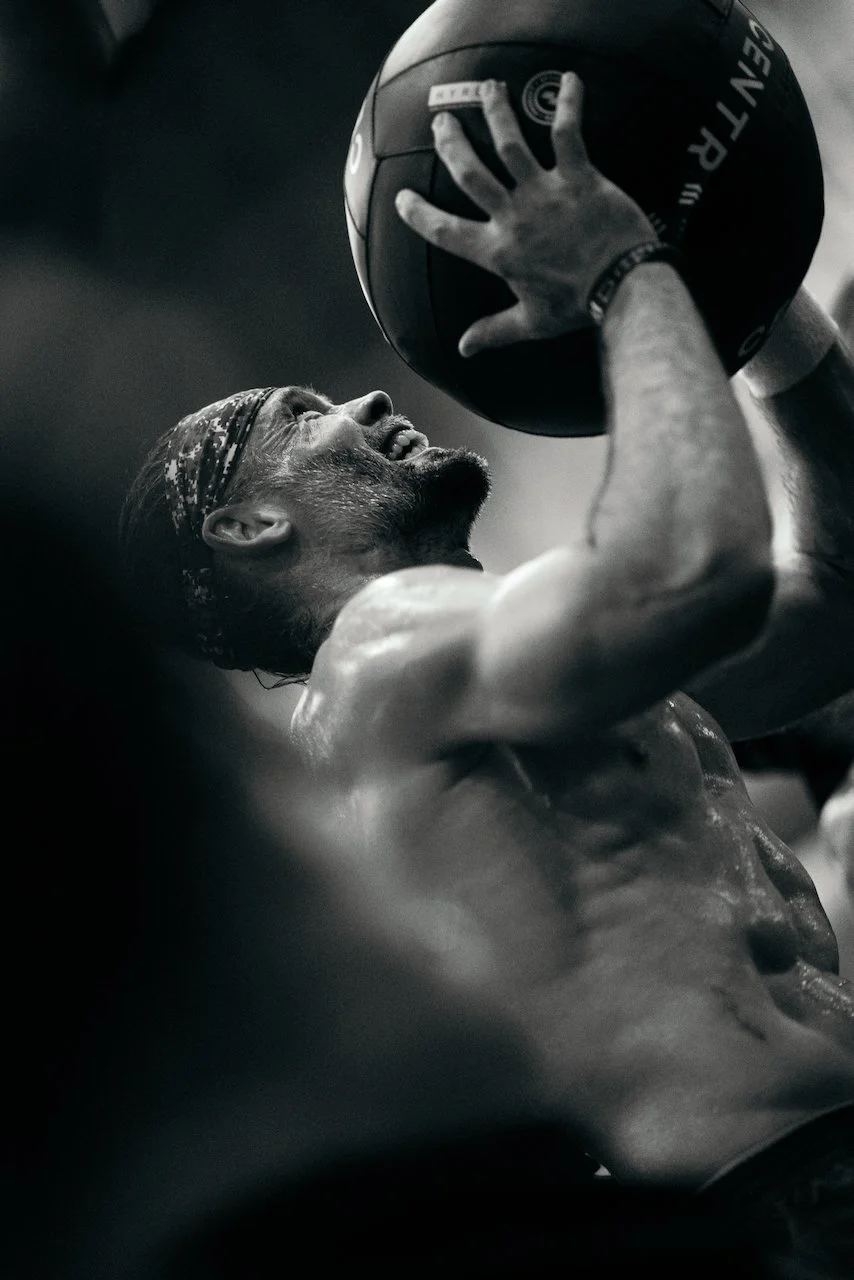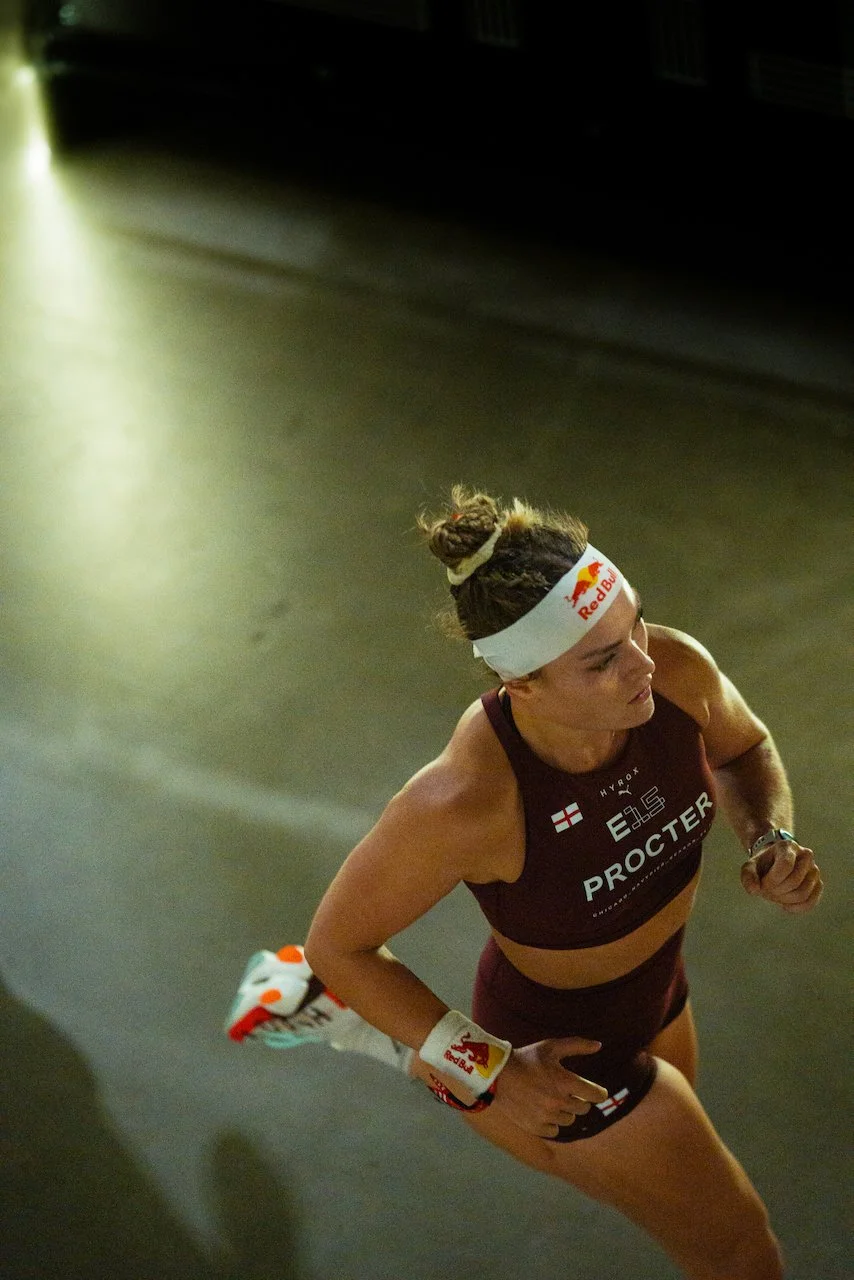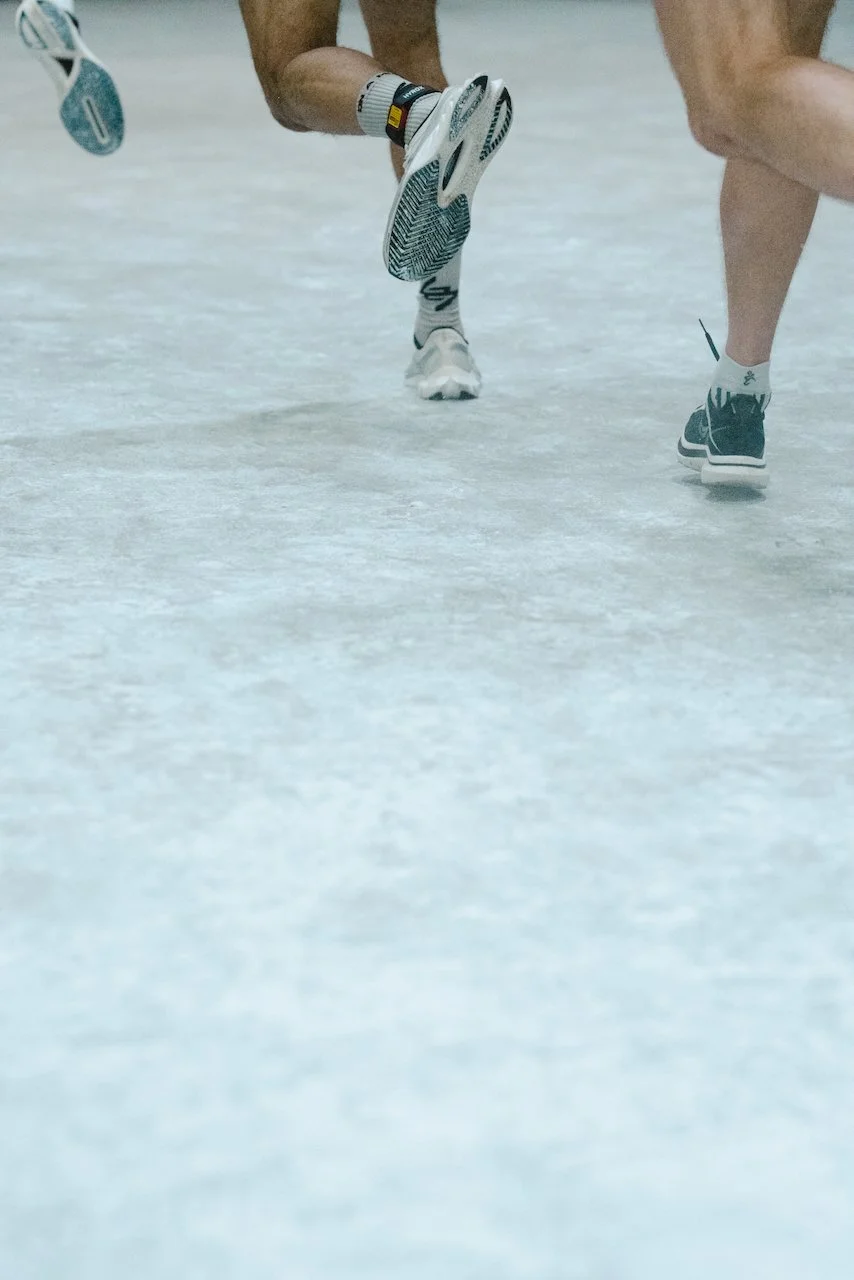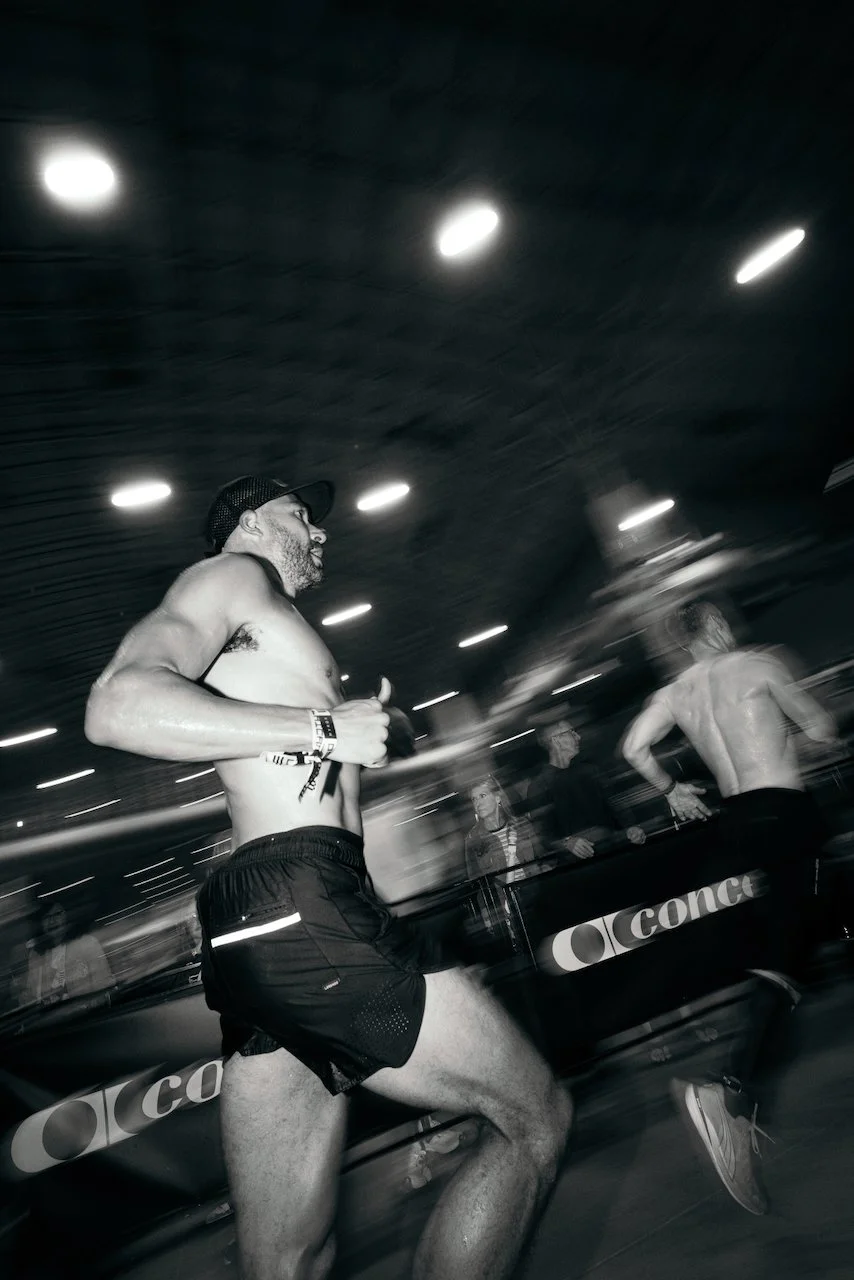A photographer’s guide to shooting Hyrox events
Hyrox is an unreal experience! It gave me goosebumps working through these events. I wanted to jot down some thoughts and observations about what it’s like to photograph a HYROX event—specifically the World Championships. There’s a lot going on at these competitions, and it’s an atypical sports setup. The energy is unreal, the logistics are tricky, and creative opportunities are everywhere.
1 Unconventional venues: Low light + fast movement
Most HYROX venues are indoors—think convention centers, not stadiums. These are places built for trade shows, not athletic events. That means the lighting is typically dim and flat, not great for sports photography with high shutter speeds.
That limitation opened up some creative doors. I didn’t need ND filters to play with longer exposures. I leaned into the low light, embraced the grit, and got some pretty cool textures and tones. It pushed me to shoot differently—to use the grain and colors to tell a more intense, physical story.
I used flash for maybe half the event, which helped punch through some of the darker areas, especially when I could get in close. If you’re bringing flash, bring gels. You’ll want to match the off color venue lighting so your images look consistent.
I used gels to attempt to match the ambient color temperature. Sometimes I played with it to be creative, and other times I just wanted the true white.
2 Bring as much as you can. move intentionally.
These venues are massive. You’re on your feet constantly. Walking from one end to the other might take 10 minutes—add fans and barriers and that doubles. I tried to avoid running back and forth for gear. If I didn’t bring it with me, I didn’t have it.
I packed intentionally and in a modular way. I used my home base location in the media room plus brought a small pack that I could leave in a safe place closer to the race. There are many spaces you can leave gear. This allowed me to move well without having to leave everything behind. It was still exhausting. My calves and shins were wrecked after day one. If I could, I’d bring a scooter or one-wheel next time just to save time and energy getting from A to B.
The venue is so big I had everything delivered including meals. Getting to actual food meant a 30-minute walk each way, and I just didn’t have the time. The venue had minimal concessions/restaurants to access.
3 Stay fluid but stick to your plan
HYROX races are chaotic—in the best way. Athletes are running everywhere. Fans are right on top of the course. You’re constantly navigating moving bodies, trying to cross over laps and dodge competitors.
But the event flow is also fairly predictable. You know the workout stations in advance. You know roughly how long athletes spend at each one. That gives you the chance to plan your shots—especially in the open field heats, where access is more relaxed.
The elite field and livestream zones are a different story. Movement is limited. Fans are packed in. If you want a certain shot, you need to plan your route well ahead of time and stick to it. If you push past your time to move to new location, you can easily miss it with the fan traffic.
Don’t try to cover every station. Prioritize what you want and move strategically because the event stations are not linearly positioned. If you chase the race, you will kill a lot of time moving to the next station. And you’ll miss key moments—like the wall balls or the finish line.
TIP: Know which of the metal barriers are moveable and allowed for your media access level. I had access to some spaces that were not obvious to me at first.
My first day I really struggled getting comfortable with the race but I was stoked to get this image of Tim Wenisch when he won the men’s Elite 15.
The wall balls and finish were such a priority to me that I made sure not to delay getting to this location. I frequently got here too early.
4 Finding moments in the chaos
HYROX is a goldmine for authentic, high-effort emotion. The athletes are fully engaged. They’re soaked in sweat. They’re grinding through reps. Shirts come off. Faces twist with effort. And because there’s no uniform (other than elites), the diversity in body types, gear, and expressions is awesome to document.
You’re often just feet away from the athletes. The access is insane. Same goes for the fans. Most of them are coaches, family, or friends—people who know the athletes personally. They’re screaming, pacing, crying. You’re not shooting from the rafters. You’re in it.
All of that adds up to images with a lot of human depth.
5 Find unusual locations around the venue
Because these venues are unconventional, they come with quirks—and opportunities. Black mats and banners eat light. But the white details in the turf pop.
Each venue has pockets: skylights, weird side corridors, reflective surfaces. Explore before the event starts. Find your frames. Some spots may not work at all—but others will surprise you.
There is quite a bit of branding. I found myself drawn to the HYROX logos most. Some of the partner branding felt off in certain setups, so I worked to either feature it intentionally or avoid it. When it worked, it worked. But I didn’t force it.
I found an interesting stairwell in the venue that I was able to shoot from. It was a pretty interesting vantage point for some of the running. I had several images that I liked but this one of Lucy Procter stood out the most because of her posture and the flash of light in that moment.
Near the chalk bins, so much chalk had been spilled that the floor looked white which I thought was cool.
6 Tech + Workflow Considerations
Wi-Fi in these venues can be unreliable. We were uploading to the cloud from laptops and sometimes that meant just leaving the computer open and plugged in, hoping the files finished before we needed to head back out.
If you’re shooting for a client and need quick turnaround, plan on slow uploads. Bring an SSD or a system for local file transfers just in case.
Also, bring earplugs. The noise—especially around the wall balls and finish line—is wild. The bass from the speakers alone is enough to wear you out.
Photographing HYROX is one of the most emotionally and physically demanding but creatively rewarding engagements I’ve done. On our final day, seeing the last competitors finish their races was unforgettable and I put down my camera just to enjoy all the emotions, knowing I had already gotten so much. We cheered and cried until the final racer finished.
